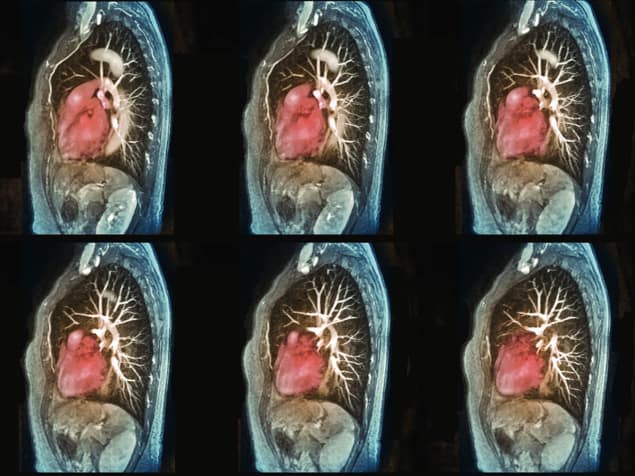Machine Learning – More Mathemagic!
“When your bank calls to ask about a suspiciously large purchase made on your credit card at a strange time, it’s unlikely that a kindly member of staff has personally been combing through your account. Instead, it’s more likely that a machine has learned what sort of behaviours to associate with criminal activity – and that it’s spotted something unexpected on your statement. Silently and efficiently, the bank’s computer has been using algorithms to watch over your account for signs of theft.
Monitoring credit cards in this way is an example of “machine learning” – the process by which a computer system, trained on a given set of examples, develops the ability to perform a task flexibly and autonomously. In the case of your bank, the algorithm will have analysed a vast pool of both legitimate and illegitimate transactions to produce an output (“suspected fraud”) from a given input (“high-value order placed at 3 a.m.”).
But machine learning isn’t just used in finance. It’s being applied in many other fields too, from healthcare and transport to the criminal-justice system. Indeed, Ge Wang – a biomedical engineer from the Rensselaer Polytechnic Institute in the US who is one of those pioneering its use in medical imaging – believes that when it comes to machine learning, we’re on the cusp of a revolution.
The inside story
Wang’s research involves taking incomplete data from scans of human patients (the input) and “reconstructing” a real image (the output). Image reconstruction is essentially the inverse of a more common application of machine-learning algorithms, whereby computers are trained to spot and classify existing images. Your smartphone, for example, might use these algorithms to recognize your handwriting, while self-driving cars deploy them to identify vehicles and other potential hazards on the road.
Image reconstruction is not just a medical technique – it’s found in ports and airports, where it allows security staff to use X-rays to peer inside sealed containers. It’s also valuable in the construction and materials industries where 3D ultrasound images can reveal dangerous flaws in structures long before they fail. But for Wang, his goal is to overcome the noise and artefacts that arise when reconstructing a volumetric image of an object (such as a patient’s heart) based on imperfect and incomplete medical-physics data.

Read the full article at Physics World
